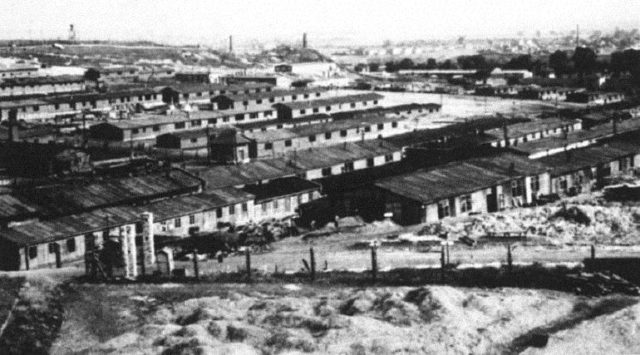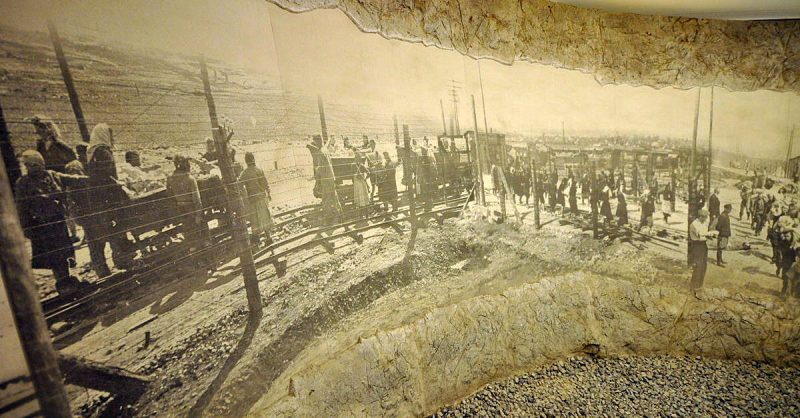One of the authentic “Schindler’s lists,” the papers used by the German industrialist Oskar Schindler to save the lives of more than 1,200 Jews during the Holocaust, is up for sale.
The document, memorialized in the Booker prize-winning novel by Thomas Keneally, was among a number drawn up to shield Jewish laborers from deportation and death. It is expected to garner more than $2.4 million.
It is one of only seven and was compiled with assistance from Itzhak Stern, Schindler’s accountant.
For sale through the Moments in Time auction house, which specializes in uncommon documents, its 14 pages are the next to the last list and are dated 18 April 1945. It details 801 male Jews at Schindler’s factory in occupied Czechoslovakia, who had been transported from the concentration camp at Plaszòw in occupied Poland.

The auction house’s website describes the document as a very rare original and the only one on the market. Three others survive with two held in the official Holocaust memorial Yad Vashem operated by Israel and one in Washington, DC at the US Holocaust Museum.
A more heart rendering and historic artifact cannot be imagined, the site states of the list. This is the chance of a lifetime to have an item of truly special magnitude.
Gary Zimet, chief executive officer of the auction house, said the list is the carbon copy of the original given from the nephew of Schindler’s right-hand man, Itzhak Stern.
Despite the document’s significance and rarity, the $2.4 million reserve price is less than its earlier reserve price of $3 million when it was last up for sale on eBay three years ago.
The initial list of Schindler’s Jews was compiled in autumn 1944 by Schindler, Stern and Mietek Pemper, an inmate of Plaszòw who was assigned as the personal clerk of Amon Göth, the concentration camp’s infamous commandant.
The list was used to shield workers rescued from the camp by Schindler as Nazi Germany withdrew from the east and started closing its easternmost extermination camps.
Those in the camps were taken west to the gas chambers at Auschwitz. Schindler, who had already been employing bribery to protect Jews laboring in his enamelware factory, convinced Gõth to let him transfer his workforce to the Sudetenland when he relocated his plant. The move rescued them from almost certain annihilation, The Guardian reported.
Schindler spent all his wealth on bribes to protect his workers from the gas chamber. In 1963 was honored by the Israeli government when he was named Righteous among the Nations.
Schindler died in poverty in 1974, and when he did, he became the only former Nazi party member interred on Mount Zion in Jerusalem. More than 8,000 people living today are descendants of the Jews protected through Schindler’s efforts.
